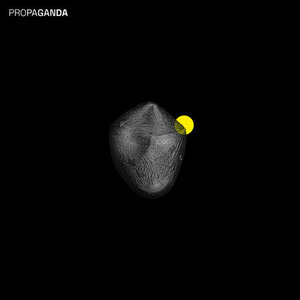
Early Jazz
A Concise History from Its Beginnings to 1929
Fumi Tomita
SUNY Press
Fumi Tomita’s mission with_Early Jazz_ is to update the standard history. There are many books about the early days of jazz and the major figures in the story. While Louis Armstrong and Jelly Roll Morton are undeniably major forces in the story of jazz, Tomita has made it his mission to fill out that picture. The lions of early jazz didn’t create a new music on their own. Tomita shines a light on the sidemen who made masters sound good. He shines a light on the White musicians who took the music from its original source and exposed it to a worldwide audience. Finally, he shines a light on the women, performers who played an important role as well.
An example of one of the women in early jazz is Lil Hardin Armstrong. Lil was Louis Armstrong’s wife and a pianist, composer, arranger, and bandleader in her own right. She performed on seminal recordings by King Oliver and her husband. Although she was one of the better known women in early jazz, her contributions have been relegated to footnotes in her husband’s career. It didn’t help that music publishers credited her songs to “L. Armstrong,” not wanting sheet music buyers to know the songs were written by a woman.
Tomita shows how jazz developed from a variety of sources, including African American folk songs, minstrel songs, vaudeville tunes, blues, and particularly ragtime. The cities of New Orleans, Chicago, and New York all played a major role in the development of this new style of music. Tomita points out how the commercial considerations of playing clubs and ballrooms influenced the way musicians played. Notably, early White jazz bands were encouraged to play “sweet” versions of songs while African American musicians were encouraged to play only “hot jazz.”

I like how people who may have only recorded a few sides are given their due. Most of the early jazz musicians who took their music to Europe and Asia didn’t make many recordings. It was musicians who spread the sound around the world, as much or more than imported records.
Tomita also gives the “Territory” bands who played the small towns of the Midwest and South their due. It was musicians like Benny Moten and Walter Page who sowed the seeds that would make Kansas City a jazz Mecca as the Swing Era came into focus.
Early Jazz is published by State University of New York (SUNY) Press. While Tomita has a generally easygoing writing style, it’s clear that his audience is the academic community. He spends a lot of time breaking down significant songs from jazz history to show how structure and instrumentation changed over time. He even provides listening guides to thirteen songs, breaking them down into sections like sheet music and telling you what to listen for. It all got a little overwhelming for me at times.












